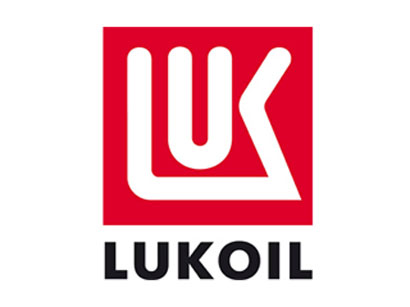BAKU, Azerbaijan, May 27
By Klavdiya Romakayeva - Trend:
LUKOIL has reported a gas production increase due to recovery of gas production in Uzbekistan after temporary decline in 2020 due to lower demand from China, Trend reports referring to LUKOIL.
LUKOIL released its condensed interim consolidated financial statements for the three-month period ended March 31, 2021 prepared in accordance with International Financial Reporting Standards (IFRS).
The consequences of the COVID-19 pandemic for the company's operating results include gas production cut in Uzbekistan in 2020 due to temporarily lower demand for Uzbek gas from China.
It is reported that the main impact of the pandemic on LUKOIL's financial performance is attributed to volatility in prices for crude oil and refined products as well as lower production volumes.
In the first quarter of 2021 LUKOIL Group's average hydrocarbon production excluding the West Qurna-2 project amounted to 2,152 barrels of oil equivalent per day, which is 4.2 percent higher quarter-on-quarter.
The growth was attributable to the dynamics of the external limitations on crude oil production due to the OPEC+ agreement, as well as to the recovery of gas production in Uzbekistan. Hydrocarbon production amounted to 7.6 percent lower year-on-year due to the OPEC+ agreement.
At the same time, outside Russia gas production increased in average daily terms by 18.1 percent quarter-on-quarter and by 22.1 percent year-on-year, to 4.5 billion cubic meters. The growth was driven by recovery of gas production in Uzbekistan after temporary decline in 2020 due to lower demand from China for gas produced in Uzbekistan amid the COVID-19 pandemic.
In the first quarter of 2021, production of refined products at LUKOIL Group's refineries was 13.6 million tons, which is 9.8 percent higher quarter-on-quarter, and 14.7 percent lower year-on-year.
The dynamics of production were attributable to scheduled maintenance works and throughput optimization at some refineries driven by the changes in macro environment.
---
Follow the author on Twitter: @romakayeva






